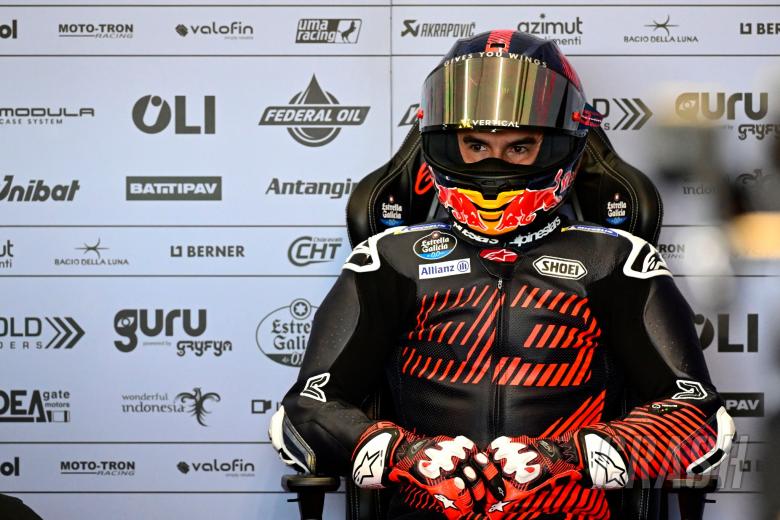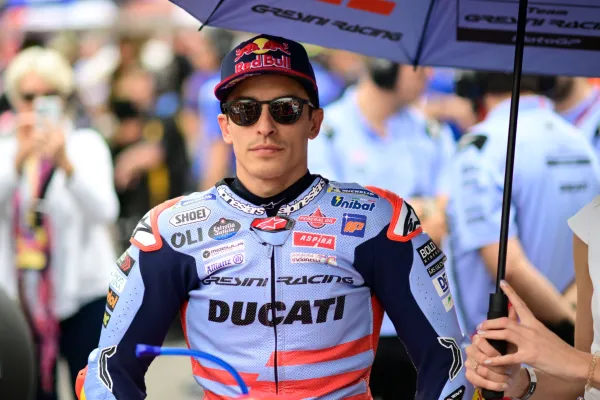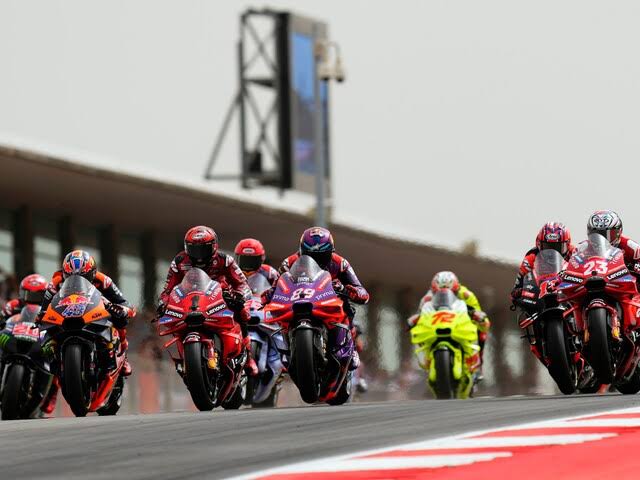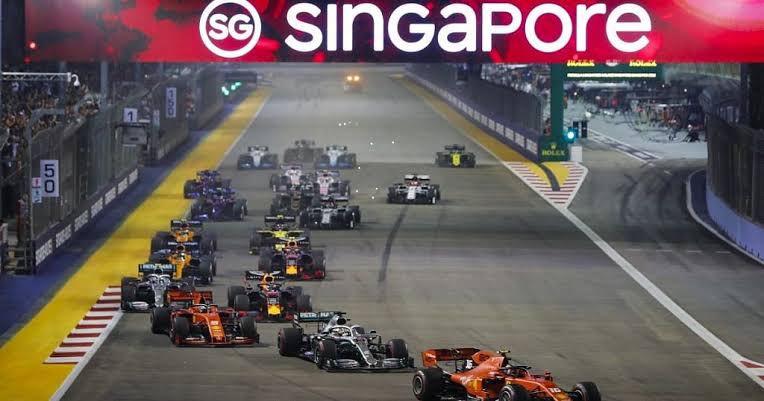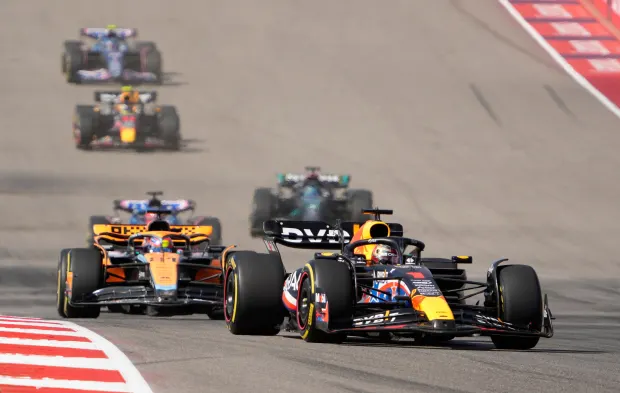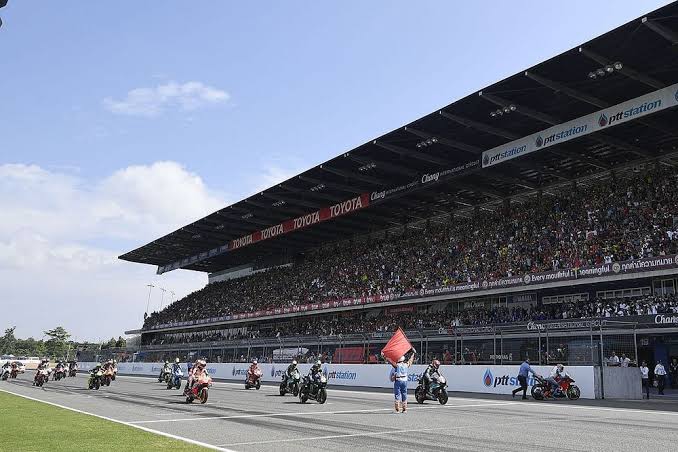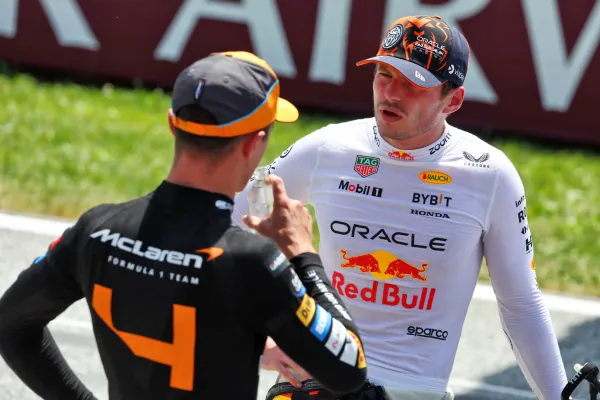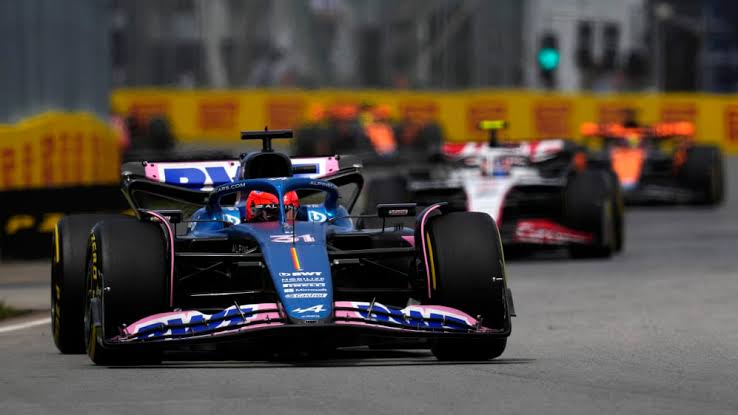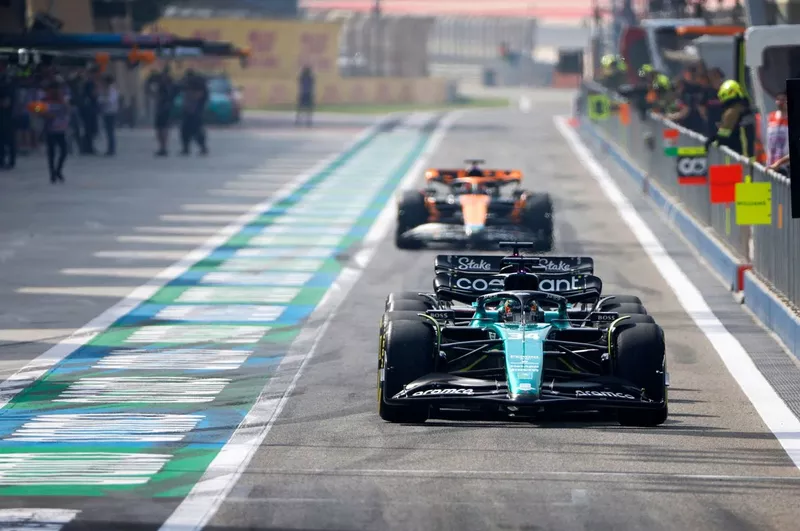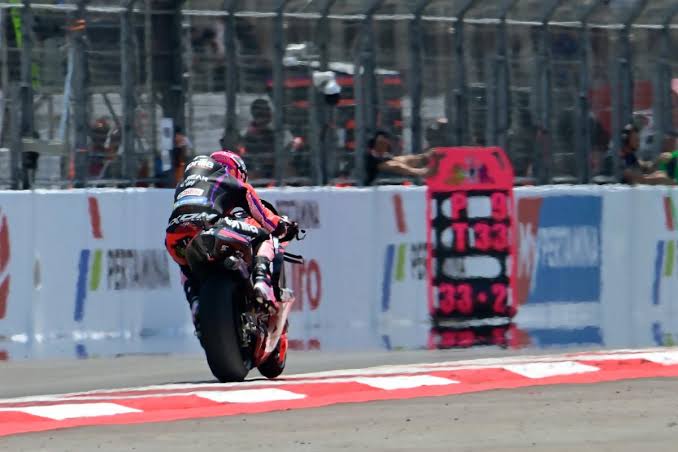Formula 1 Considering Changes To Aerodynamic Rules: All You Need To Know
As the launch of the new 2023 Formula 1 cars approaches, enthusiasts and teams alike are eager to see the latest innovations and modifications in action. This season marks the second year of the new generation of ground-effect cars, and while many aspects remain the same, there are several key changes in the technical regulations that are set to impact the sport. Let’s delve into the details of these modifications and what they mean for the upcoming Formula 1 season.
Tackling Porpoising
One of the critical issues that the 2023 technical regulations aim to address is porpoising. This phenomenon plagued some teams during the previous season, causing instability and performance issues. To combat porpoising effectively, the FIA (Fédération Internationale de l’Automobile) has introduced changes in the height of the floor and the diffuser groove. The floor will now sit 15mm higher on the side edge than the reference plane, and the diffuser groove will be 10mm higher. While this adjustment helps prevent floor stalling, it comes at the cost of reduced downforce, especially in fast corners. As a result, the 2023 cars are expected to be slightly slower, with lap times potentially slower by two to four tenths of a second, depending on the circuit.
Monitoring Porpoising
In addition to these floor modifications, the FIA is implementing measures to monitor porpoises more effectively. The chassis of the 2023 cars will be equipped with accelerometers supplied by the FIA. These accelerometers will monitor the frequency of oscillations and ensure they stay within FIA-mandated values. This real-time monitoring aims to provide greater insight into the phenomenon and its impact on car stability.
Stiffer Floors
The floor design is another crucial aspect of the 2023 technical checks. The FIA has strengthened and introduced new parameters to limit excessive bending. The lateral edge of the floor can now flex by a maximum of 5mm with an applied load of 250 N, compared to the 8mm allowance in 2022. This adjustment aims to maintain a fair playing field and prevent teams from exploiting flexible floors for performance gains.
Emphasizing Clean Aerodynamics
Clean and simple aerodynamics have been a focus for the FIA in the design of the new generation of cars. While the regulations limit the design imagination of engineers to ensure compliance, some teams explored creative solutions in 2022. However, the FIA has said that certain innovations, like the rear wing design by Aston Martin for specific track conditions, will be considered illegal in 2023. This move emphasizes the governing body’s commitment to clean and straightforward aerodynamics that minimize the disruptive effects of “dirty air.”
While the 2023 Formula 1 season approaches, these technical regulations reflect a continuous effort to strike a balance between innovation and fairness. Teams will adapt to these changes, and fans can look forward to a season filled with exciting races and rivalries where engineering excellence and driver skill take center stage.

